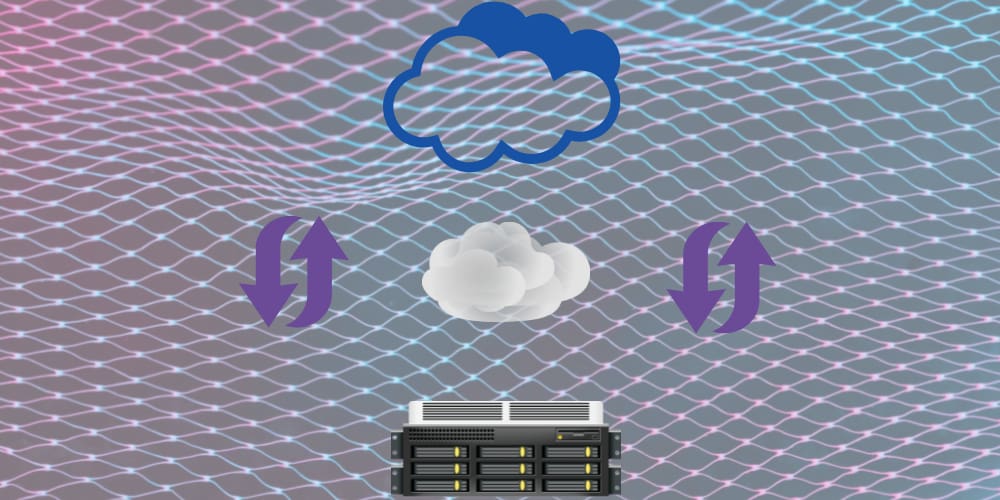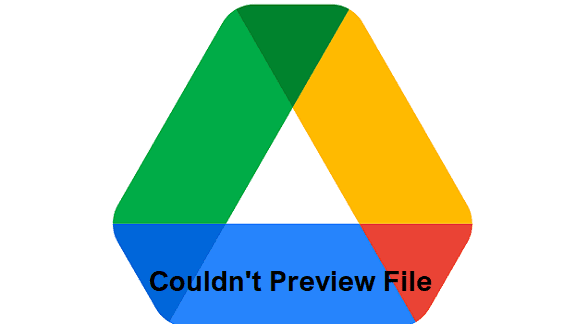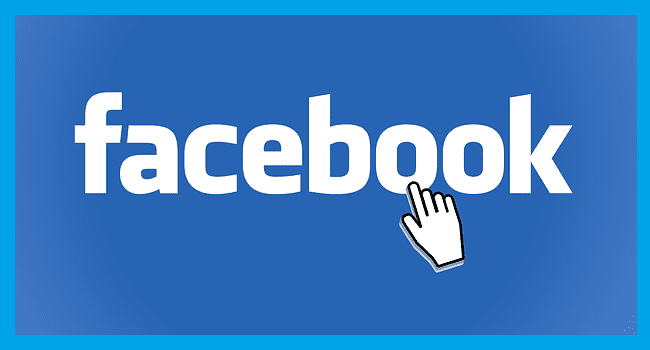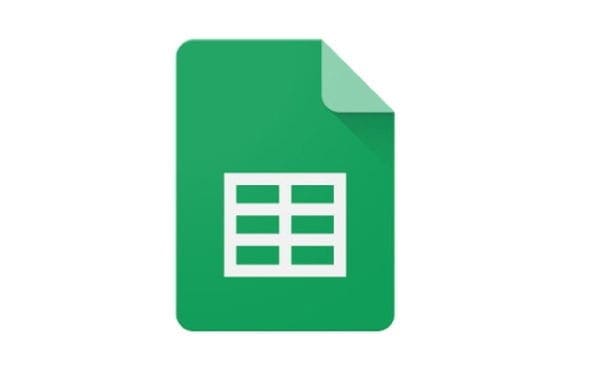Fog computing is an emerging technology that bridges the gap between cloud computing and edge computing. It’s basically a decentralized network of computing infrastructure or data-crunching processes.
The term “fog computing” was coined in 2012 by Cisco, which also joined hands with Intel, Microsoft, ARM Holdings, and Dell to form OpenFog Consortium in 2015. At present, fog computing has become a popular name in industries that need to process data at high speed. Fog computing is also known as fogging and fog networking.
Contents
Technipages Explains Fog Computing
If your business demands data analysis at high speed and under robust security, edge computing is the viable option for you. However, if edge computing hardware isn’t capable of processing the volume of data being produced onsite, you need to opt for fog networking.
Fog computing has a computing infrastructure where data computation, analysis, and applications take place between the data source and the cloud. It brings the power of the cloud closer to the data collection device.

IoT-powered industrial processes, security systems, and home automation use fog computing for processing speed and cost-effectiveness. This network has storage capacity, processing capability, and analytics apps. With the right set of instructions, collected data goes straight to a fog computing infrastructure located near the IoT device or sensors.
It’s the same place where the edge computing system is situated. In situations when edge computing is unable to process data, it sends the collected data to fog computing. Upon receiving it, the fog network will process the data and share the analysis with the IoT systems. Then, it’ll send the processed data to the cloud for archiving.
Components of Fog Computing
Since different IoT companies set up their fog computing system differently, you might come across various architectures in the fog networking ecosystem. Here, take a look at the components commonly seen in a standard fogging architecture:
- Different physical and virtual nodes, such as mobile phones, smart speakers, smart lights, production line sensors, etc., are used for generating data and executing instructions.
- Devices, gateways, and servers for data storage, data routing, and data analysis.
- Monitoring Services like Application Programming Interfaces (API) to ensure the constant functioning of fog nodes and IoT devices.
- Data processing programs for performing the tasks like processing, filtering, cleansing, reconstructing, and storing data on the cloud.
- Resource management systems to balance the load and supervise proper fog node utilization.
- Robust encryption tools to encryption data in transit and at rest for secure fog computing.
Also read: What Is NVMe Over TCP (NVMe/TCP)
Working Process of Fog Computing
The working method of fog networking is as follows:
- An automation controller tracks signals from different devices and sensors of the network and runs an algorithm or program to automate the IoT equipment.
- This program transports data to the next device of the network using a standard OPC Foundation server, also known as Open Platform Communications (OPC) or Object Linking and Embedding for Process Control (OLEPC).
- A tool converts this data into standard data protocols like HTTPS or MQTT.
- At this point, the converted data is sent to the fog nodes for analysis using the internet or intranet network.
- As soon as they receive the data, fog nodes immediately instruct the connected IoT devices on what they can do with the analysis of the environmental signal.
- Finally, the fog node keeps the data on a cloud server for auditing, analysis, and archiving.
Also read: What Is a Cluster?
Benefits of Fog Computing
Latency Minimization
Fog computing is the right choice for businesses where data latency means a lot or is of the highest importance. Here, data analysis takes place at a close point to the data source. Therefore, it provides minimum latency as opposed to other technologies.
Take the example of power distribution and the healthcare industry, where every second is valuable. In these cases, fog computing can alert you faster than other technologies so that less time is lost in the process.
Maximized Security
IoT device-generated data needs the utmost protection against unauthorized access from cyber criminals. In fog computing, you can monitor fog nodes and ensure their protection using the same policies and controls you use for the rest of the IT environment. All these make sure that the data remains secure in transit and at rest.
Less Bandwidth Use
The use of network bandwidth is limited in fog computing because, here, data analysis doesn’t need to transfer data into a cloud server. Moreover, it reduces the internet dependency of the companies for analysis.
While the connected devices constantly generate data that needs analysis, most of the analysis is done at the nearest point. So, only a limited amount of data needs transportation.
Data Privacy
Fog computing is also very good at ensuring data privacy. Businesses that deal with personal information and mission-critical data find fog computing beneficial. Here, all sensitive data is locally analyzed under the strict supervision of the IT team that provides necessary support to the device.
However, data subsets requiring a higher level of analysis are moved to the cloud server. Still, the data processed in this type of computing is comparatively safer.
Cost-Effectiveness
The whole concept of fog computing involves less expense than cloud computing. The need for less bandwidth means cutting down on operational costs. Companies that choose this type of computing see a reduction in overall cost to the company. Since this type of computing needs less network bandwidth, the operational cost gets cut significantly.
Better Reliability
IoT devices often need to perform in challenging environmental conditions. Fog networking reduces the requirement for transmitting data into the cloud server and thus improves data reliability even under these hostile conditions.
Real-Time Analytics
Companies performing fog computing can also have real-time access to data analytics. Since they don’t have to wait for that data for long, it helps them stay ahead of their rivals.
Especially finance, banking, and manufacturing companies need analytics data for instant decision-making. Fog computing benefits such businesses with its quick and real-time data transfer.
Disadvantages of Fog Computing
Dependency on Physical Location
Fog computing takes place in a location close to the data-sourcing device. Hence, It’s not possible to access it from a remote location.
Security Concerns
Fog computing isn’t free from security issues. It might fall victim to IP address spoofing or Man-in-the-Middle (MitM) attacks. Since the concept of fog computing is still in its nascent stage of development, developers are still looking into security loopholes to plug loose ends.
Scalability Issues
Fog computing is a complicated computing model where an additional layer comes between the storage systems and data processing. More costly hardware like routers, gateways, hubs, etc., are needed. Ultimately it becomes challenging to scale up fog computing models.
Next up, What Is a Computer Network?




